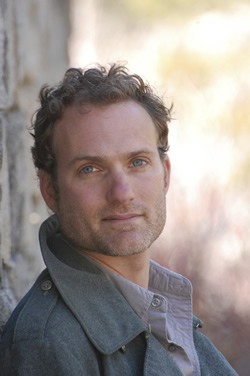|
We've all been there: a moment when something of such import happens that the space life allows for it seems too small. For me, the time my grandfather broke free of his dementia to speak last words to me was like that. The time I came home to an empty apartment and knew my marriage was over was like that. But so were the few seconds—at the end of ten years, of three attempts at novels, of a whole adulthood of trying—when my agent told me that I had finally sold my first book.
Unfortunately, life doesn't let time expand to hold these things the way they warrant. Luckily, writing does. I call it breathing room. And I think it's one of the most underappreciated (even at times derided) ideas a creative writer can employ.
Much of the writing world seems to almost worship brevity. The contained moment in an Anton Chekhov story. The way Gordon Lish scraped Raymond Carver's work to the bone. “Cut to the quick.” “Trim the fat.” It's often good advice. One of the rules I find most useful in thinking about scene is David Mamet's exhortation: get in late and out early.
But sometimes brevity is bad. Once, a class I was in read two versions of the same Carver story—one edited down, one fleshed out. Most of us admired the shorter one, but were more moved by the longer. And, in my own writing, it's precisely when a moment demands that I break Mamet's rule that I know I've hit the vital part.
We shouldn't let Mamet or Lish (or our workshop mates) scare us from letting our work breathe. There are plenty of terrific examples of writers who do so: No one gives important moments full rein like Toni Morrison; Cormac McCarthy can spend whole paragraphs describing items in a trapper's cabin; it's part of how they imbue places and moments with weight. W.G. Sebald circles back to the central elements in his novels, deepening our understanding of them the way William Faulkner does by returning again and again to moments. The key is this: each of these writers chooses carefully the moments at which they allow their stories a little more room.
So how do we recognize those moments? I find that two blocks usually stand in the way, one external, one internal. There is the expectation that others will want a story to get where it's going as quickly as it can (surely, it would be better to get there a little later if means the result hits us a little harder). But there is also the way a powerful moment can gust up and sweep a writer forward—often a sign that the moment might be worth revisiting and slowing down.
|


